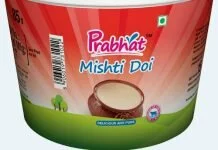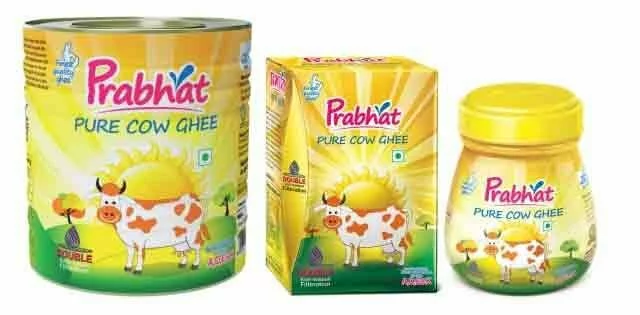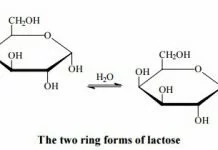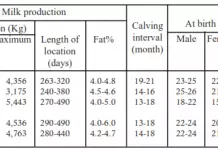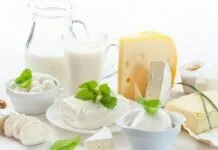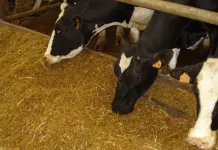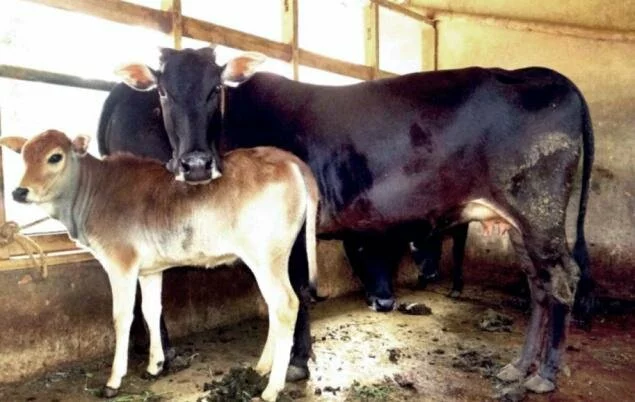India’s Traditional Dairy Products
From burfi to kulfi, from kalakand to shrikhand, from gulabjamun to chumchum extends the delectable world of Indian milk delicacies.This article brings together information culled from diverse sources on age-old, milk-based specialties from different regions. Also included is information culled from diverse sources on the Indian milk-based sweets and other specialties from different regions of the country.
Since time immemorial, a significant proportion of milk has been used in India for preparing a wide variety of dairy delicacies — an unending array of sweets and other specialties from different regions of the country. In the process, the basic limitation of milk — its perishable nature — has been tastefully overcome. Its processing aims to extend the shelf-life of milk, while converting it into mouth-watering tit-bits. Thus, diverse methods to prepare as well as preserve milk products have been developed. An estimated 50 to 55 per cent of the milk produced in India is converted into a variety of traditional milk products, using processes such as coagulation (heat and/or acid), desiccation and fermentation. Over the millennia, these processes have largely remained unchanged, being in the hands of halwais, the traditional sweetmeat makers, who form the core of this cottage industry.
Although 46 per cent of the milk produced in the country is consumed as liquid milk, increase in consumption can be stimulated. Milk plays an important role in the national diet. In Indian households, the life of milk is extended from 12 to 24 hours by repeated boiling. It is preserved by souring with the aid of lactic cultures, which imparts an acid taste, particularly refreshing in hot climate.
Curd
The first of these products developed was dahi (curds or yogurt), obtained by fermenting milk. In the process, the digestibility of milk constituents improves.The product is widely consumed along with meals. The surplus dahi is used as the intermediate product and churned into makkhan (butter), while the liquid whey — chhach or mattha— is consumed as a refreshing beverage or converted into kadhi, a spicy dish served hot with rice.
Nutritional benefits:
When food is supplemented with 250 gms of dahi a day, the status of thiamine improves. Dahi also increases the pyruvic and lactic acids among children on a typical poor rice diet. Due to fermentation of milk, a greater amount of phosphorus and calcium is made available to the digestive system by their precipitation in the lower intestines due to the acid condition induced by Lactobacillus sp. The consumption of sour milk also results in increased efficiency of the human body to cope with a sudden influx of lactic acid in the system. Dahi can also be consumed by people who suffer from lactose intolerance. Thus, dahi in its different forms as lassi, kadhi, shrikhand, etc. also contributes significantly to improve the nutritive contents of an average Indian diet.
Ghee & Makkhan
A week’s collection of makkhan(butter) is converted into ghee. Dahi has a shelf-life of a day or two; makkhan, a week; and ghee, about a year. Ghee, thus, became the main dairy product for extended preservation. A system of collection of ghee from villages for trade gradually developed. Ghee mandis (trading centers) have been in existence for centuries. India produces some 900,000 tonnes of ghee, valued at Rs 85,000 million.The value of the resultant lassi is Rs 25,000 million.
For most uses, the wholesome flavor of ghee is its chief attraction. For table use, it is served in melted form and mixed with rice or lightly spread on chappatis. It is widely used for shallow frying and deep frying of food. Innumerable Indian sweetmeats based on cereals, milk solids, fruits and vegetables are cooked, by preference, in ghee.
Butter-milk is a by-product in the preparation of makkhan. It is estimated that about 55 kg of butter-milk is produced for every kg of ghee. While most of it is consumed by villagers and their families, some quantity is either given away or fed to cattle. The reason for this is lack of any market for it in rural areas. Butter-milk is rich in milk protein and calcium, and forms a nutritive and refreshing beverage.
Nutritional benefits:
Makkhan and ghee contribute as much as one-third of the fat in the Indian diet. Ghee is produced mainly for consumption directly as food and as an ingredient of food preparations including sweets. Over the centuries, people have cultivated a liking for the aroma and flavor of ghee and prefer it over vegetable oils, the other traditional cooking medium.
The vegetarian habits of many Indians preclude from their diet animal fats such as tallow or lard, used in the West. Thus, ghee forms an important source of fat in the vegetarian diet. Ghee and makkhan are important sources of vitamins A, D, E and K. They also contain small amounts of essential fatty acids such as arachidonic and linoleic. Considerable losses of Vitamin A and carotene can occur during cooking, the latter being more rapid. Below 125°C, Vitamin A is fairly stable, but above this temperature it is rapidly destroyed. Some 10-20 per cent of carotene is lost during the normal cooking operations.
Khoa & Chhana
One major milk product in common use is khoa, obtained by rapidly evaporating milk in shallow pans to a total solids of about 70 per cent and capable of being preserved as such for several days. It is used as an ingredient in making different kinds of traditional mithais (sweets) such as peda, burfi and gulabjamun. Some 900,000 tonnes of khoa valued at Rs 45,000 million is produced in the country.
Yet another milk product of significance is chhana, a product of acid coagulation of hot milk and draining out of whey. It is used in preparing different kinds of sweets such as rasagollas. As they are especially popular in the Eastern region, they are called Bengali sweets. Approximately 1,200,000 tonnes of chhana, valued at Rs 6,000 million is produced in India.
The value of khoa and chhana produced is probably twice the value of all milk handled by the organized sector in the country. The traditional dairy products sector in India, like its agricultural counterpart, is grossly under managed. It, however, provides economic opportunities that even the Western dairy world would be envious of. The value of khoa and Channa-based sweets could possibly exceed Rs 130,000 million.
India’s high-value, high-volume market for traditional dairy products and delicacies is all set to boom further under the technology of mass production. This market is the largest in value after liquid milk and is estimated at US $3 billion in India and US $1 billion overseas.
More and more dairy plants in the public, cooperative and private sectors in India are going in for the manufacture of traditional milk products. This trend will undoubtedly give a further stimulus to the milk consumption in the country and ensure a better price to primary milk producers. Simultaneously, it will also help to productively utilize India’s growing milk surplus.

Comments
comments








